We’ve got a twofer at the lab today, Pteris, or brake ferns, and Pteridium, or bracken ferns. As you can imagine, they’re easily confused in the sources. Scientifically, I’ll handle them separately, but when we get to the folklore, well… trying to suss out which folklore belonged to which fern looked to be a little Sisyphean, so I gave up in an effort to safeguard what little is left of my sanity these days.
Pteris, AKA the Brake Ferns
Various species of brake ferns are native to Australia, New Zealand, Southern Africa, Japan, and North America. Brake is possibly a Middle English term for fern, but that etymology is not totally clear. What is clear, is that these are pretty cool ferns with several scientifically important species.
Pteris multifida (the spider brake fern) and Pteris vittata (the ladder brake fern) are both popular commercially, but are also what scientists call hyperaccumulators. What this means is that they are capable of sucking heavy metals up out of the soil and storing the toxins in their leaves, making them great for planting in polluted areas. One of the toxins they’re best at hyperaccumulating is arsenic… just in case you ever need to know that for any reason. Aaany reason at all…
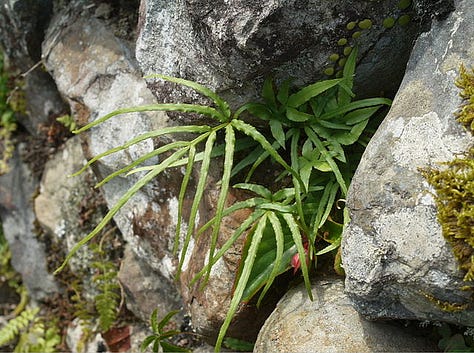
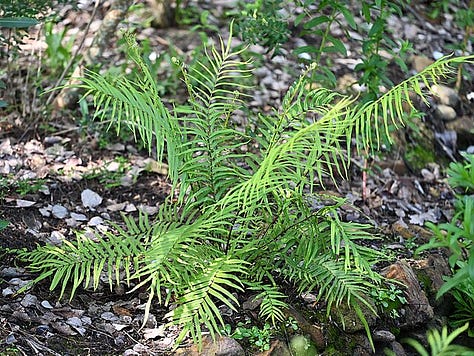
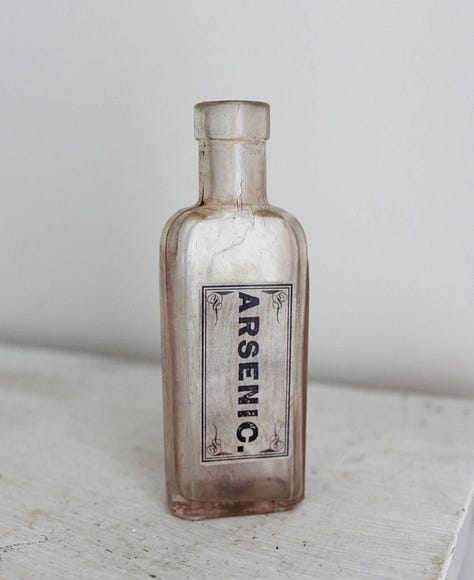
Another brake fern, Pteris cretica (the cretan brake fern), is used by scientists as a bioindicator. These are species that are particularly sensitive to pollutants. If they are abundant and healthy, scientists know the habitat is doing well. When the ferns begin to die off, we know something in the ecosystem has changed and is upsetting its delicate balance. Frogs are another well known bioindicator.
I haven’t mentioned in a while that plants are amazing chemical factories. It’s probably my favorite thing about them. Pteris ferns produce a couple of pretty cool chemicals. First are pterosin A and pterosin B. The A variant is an anti-diabetic, significantly reducing insulin resistance and the B variant looks like it could help thicken joint cartilage in people with osteoarthritis. The second is Astragalin which has been targeted for a number of possible uses including fighting some types of cancer, osteoarthritis, osteoporosis, ulcerative colitis, mastitis, obesity, diabetes mellitus, diabetic complications, blood flow injuries, neuropathy, respiratory diseases, and reproductive system diseases.
Pteridium AKA the Bracken Ferns
These guys are a little less friendly, but no less interesting. To begin with, they’re ancient, bracken fern fossils have been found dating back to the Eocene, that’s about 55 million years ago. Pteridium aquilinum aka common bracken is what botanists call cosmopolitan, meaning it’s found pretty much everywhere. Other pteridium ferns are found in Central and South America, China, New Zealand, South East Asia, and Australia.
Brackens also produce chemicals, but these are little less helpful, to say the least. The first is Ptaquiloside, a known carcinogen. Fortunately it’s readily soluble in water, which means that as long as the fern is soaked or boiled, it’s still edible. And it is, in fact, eaten all over the world.
Plants typically produce chemicals to use in defense, and bracken do not slack in this area. These ferns are allelopathic, which means they pump chemicals into the soils that kill other plants around them. Great for the ferns, but they can outcompete other plants to the point of throwing ecosystems off balance and becoming invasive.
Another way bracken ferns protect themselves is by producing hydrogen cyanide when they are eaten by mammals and insects. As you might imagine, hydrogen cyanide is not great for, well, anyone. Additionally, bracken produces two hormones that trigger moulting in insects: alpha ecdysone and 20-hydroxyecdysone. Ingesting these hormones causes insects to moult uncontrollably. This means that they grow and shed new exoskeletons in quick succession. Sort of gruesome if you think about it…. Just growing and shedding new skin over and over until you die of exhaustion. Yikes.
Whew, this is getting long and we still haven’t talked about the folklore…
So here we go. Now, I’m fairly sure that most of this folklore refers to Pteridium aquilinum, but most sources call it Pteris aquilinum so… it’s a little confusing, hence the combo episode.
My absolute favorite folklore about these ferns involves their seeds and flowers. Yeah, ferns don’t have those, that’s kind of why I love it. Before people understood that ferns reproduce via spores, more like mosses do, they assumed that ferns were just, I guess sneaky about flowering. Legends said that one could only spot a fern flowering and producing seed at midnight on Midsummer’s Eve (or St. John’s Eve which appears to be about the same date). The seed could grant wishes, help one find treasure, cause invisibility, be used to summon fairies, or keep your lover faithful. In Flowers and Flower Lore Rev. Hilderic Friend says that elves are at their most powerful on the Eve of St. John’s and that is why ferns flower on that particular night. Overflow power I guess.
Burning ferns is also mentioned frequently in sources. If burned indoors, fern smoke will cast out devils. It is also said that witches hate bracken ferns and their flowers that don’t exist, so burning will smoke out witches as well. If burned outside, called “firing the bracken” in some places, bracken smoke is said to bring rain.
Now, the reason witches hate ferns so much brings me to the last curiosity of this journey, cutting a fern stem or root. My suspicion is that this started with a divinatory practice in which a young woman cut the stem of a fern, a letter could then be seen on the cut surface that corresponded to the first initial of her future husband. It’s kind of scattershot from there. You can cut the stem or the root, either vertically or horizontally and find: the letter C for Christ (this is why witches hate the fern), the Greek letter X (also for Christ), Adam and Eve standing on either side of the tree of knowledge, a spread eagle, a double eagle, an eagle wing, an oak, King Charles hiding in the oak (this is a WHOLE story), or the footprint of the devil (which witches also hate… I’m not sure why).
I’m going to leave you with this odd little poem I found. Not at all sure what it’s about, maybe some kind of harvest cycle thing…
When the Fern is as high as a spoon, You may sleep an hour at noon; When the Fern is as high as a ladle, You may sleep as long as you’re able; When the Fern begins to look red, Then milk is good with brown bread.
Yeah, I don’t know.
So that’s it! This research will show up throughout the month in some twisted plant horror. Check the schedule out below👻
First week of the month - The Lab (that’s this post!) - Free for everyone
Second week of the month - The Witch Lab (a short, spooky piece from a plant witch’s journal detailing one of her experiences helping (I use the term loosely) a client using the featured plant of the month - Paid subscribers only, here’s a freebie you can read to check it out!
Third week of the month - The Spell Book (an entry from The Witch’s spell book detailing how she uses this plant for her dark magic including spells, chants, recipes, instructions, and more). Paid subscribers only, here’s a freebie you can read to check it out!
Fourth week of the month - 100% Plant-Based Horror story featuring the month’s plant. These are longer stories that include everything from ghosts, to parasites, aliens, experimental supplements, and more! - Paid subscribers only, here’s a freebie you can read to check it out!


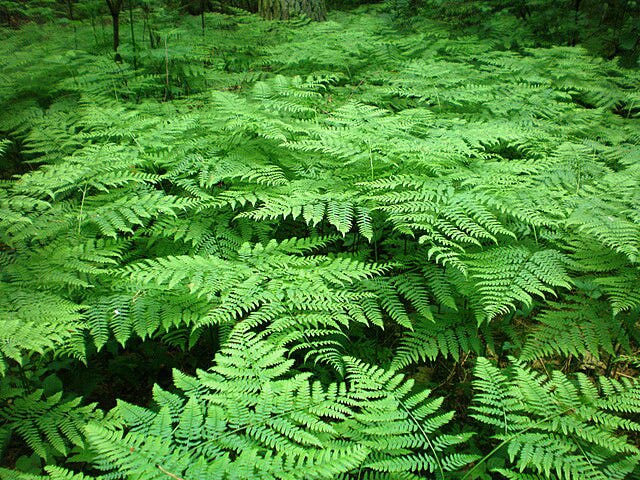
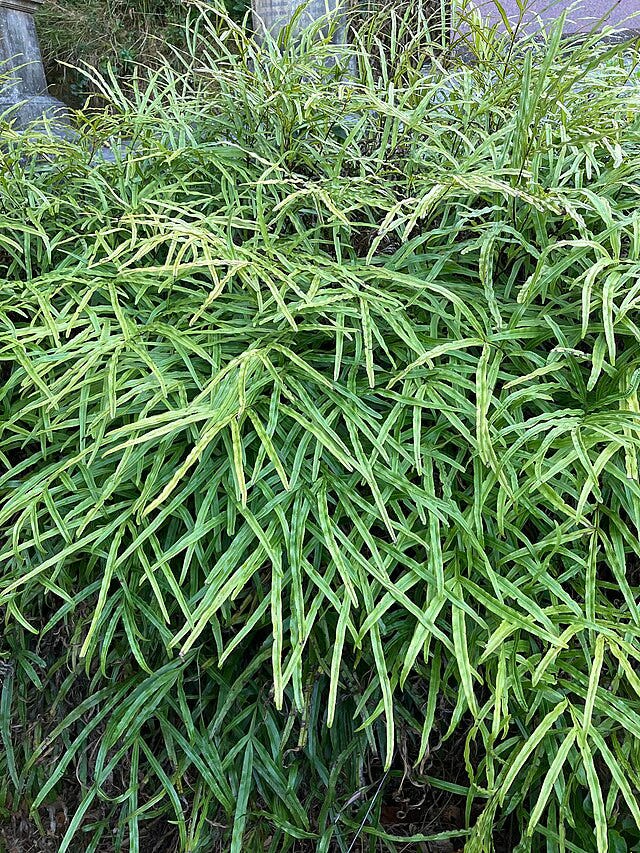
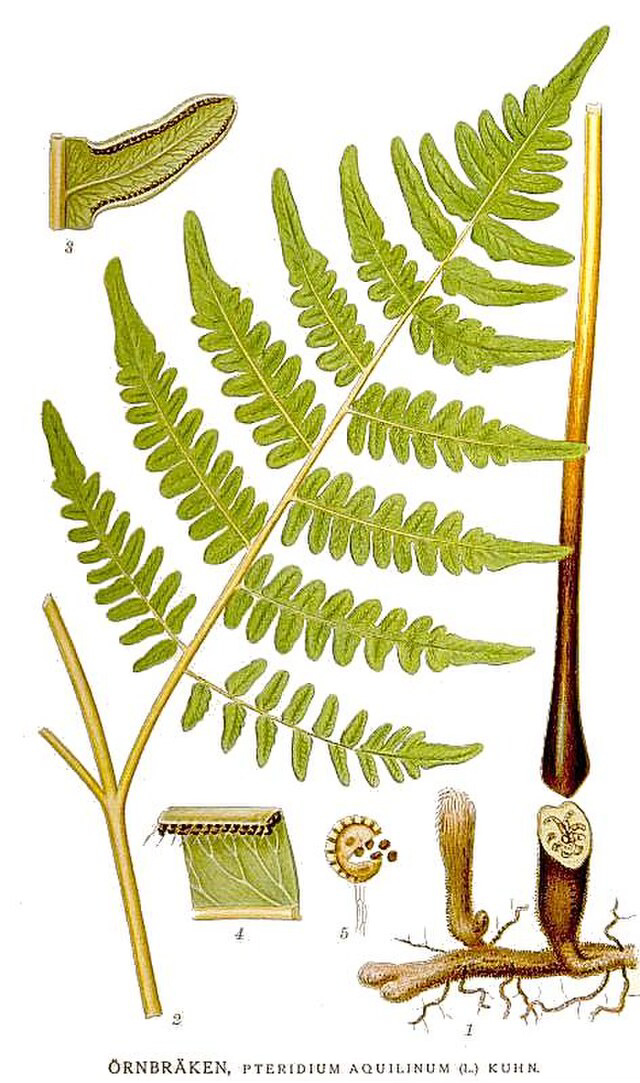
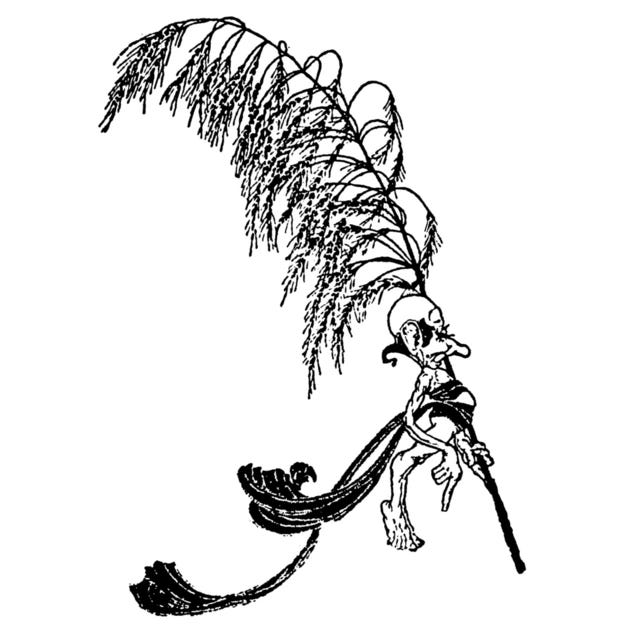

I didn’t know ferns flowered…or a lot more you included in this post. I do know if you cut fern leaves and put them insides your pillowcase, you won’t need melatonin to sleep. 💤
Fascinating! I love ferns and when I moved here there were lots of beautiful ostrich plumes (?) in the garden. When I pulled up the landscape fabric and amended the soil, I apparently broke some spell and released an absolute army of them, and now the back garden looks like Jurassic Park. But I love them.